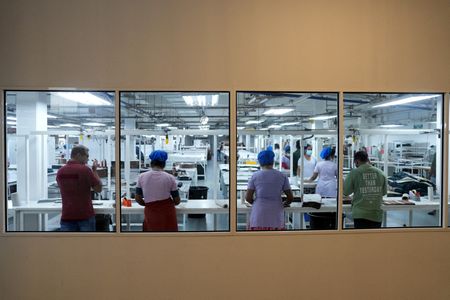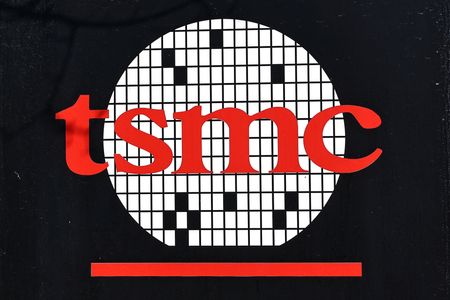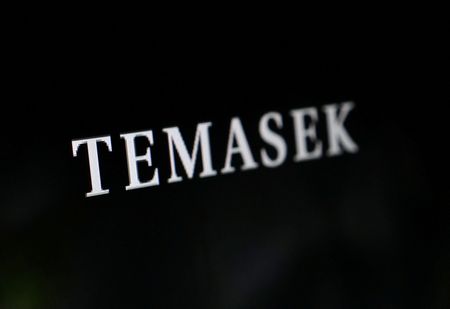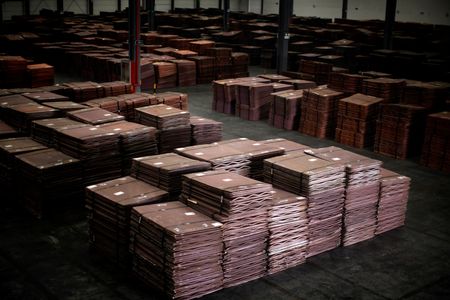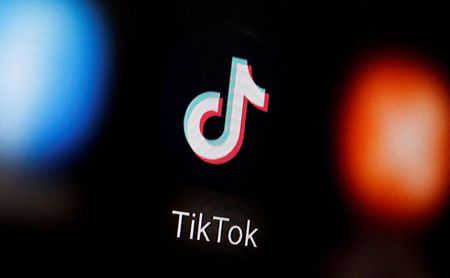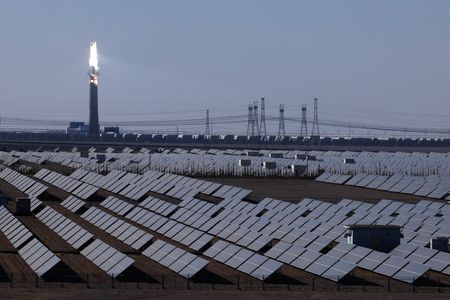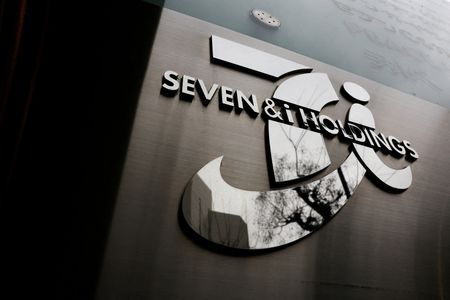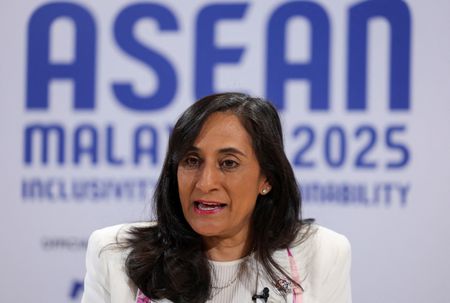By Uditha Jayasinghe
COLOMBO (Reuters) -Sri Lanka’s garments sector is pinning its hopes on further discussions with the U.S. government after Donald Trump’s administration’s 30% tariff on the nation has placed it at a disadvantage to some of its biggest rivals.
The United States has accounted for about 40% of Sri Lanka’s apparel exports. Last year, they were worth about $1.9 billion, industry data shows.
But in a letter on Wednesday, Trump notified Sri Lankan President Anura Kumara Dissanayake of the 30% tariff from August 1, a rate well above the 20% levy faced by one of its major competitors Vietnam.
The U.S. tariff on neighbouring Bangladesh was, however, set at 35%, while Cambodian exports face a 36% levy. Tariffs on India, also a big U.S. supplier, have yet to be made public.
“If this is the end number, Sri Lanka is in trouble because our competitors, such as Vietnam, have received lower tariffs,” Yohan Lawrence, of the Joint Apparel Associations Forum, or JAAF, representing the largest apparel companies, told Reuters.
“But we are hopeful we can continue discussions.”
The government on Thursday said it was continuing talks with Washington.
“Our intention is to get the best rate for Sri Lanka so it’s a balancing act we are taking forward,” Duminda Hulangamuwa, senior presidential adviser, told reporters.
India is potentially the biggest threat to Sri Lanka’s clothing industry.
“India as the regional giant can be the game changer. If theirs (tariff) is similar to Vietnam, the impact would be considerable,” said Raynal Wickremeratne of Softlogic Stockbrokers.
Sri Lanka’s apparel exports to the United States in the first five months of 2025 were $747 million. That compared with apparel exports for the whole of last year of $1.9 billion to the U.S. and $4.8 billion worldwide, JAAF data shows. The exports are the country’s third largest source of foreign currency.
As the U.S. directs some of its most punishing tariffs at China, which faces a 55% levy, U.S. clothing imports from China fell to their lowest monthly level in 22 years in May.
Sri Lanka’s Central Bank Governor Nanadalal Weerasinghe said on Thursday it was too early to measure the wider economic impact of the tariff announcement on Sri Lanka’s economy.
Last week, the International Monetary Fund said Sri Lanka’s economic outlook remains positive, despite significant risks to macroeconomic and social stability from global trade policy uncertainties.
(Reporting by Uditha Jayasinghe; Writing by Sudipto Ganguly; Editing by Clarence Fernandez and Barbara Lewis)

